Weather Hazards During Roofing Operations
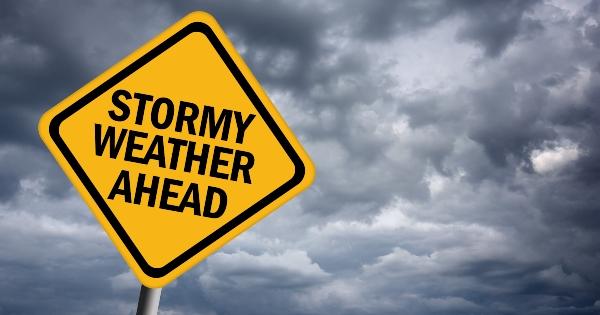
By Ryan Quinn, Chicago Roofing Contractors Association (CRCA).
It is essential that employers know and consider the risk involved when making the decision to work in potentially hazardous weather conditions.
Even in the best of conditions, roofing is a hazardous occupation. When weather and other environmental factors come into play, hazards can quickly escalate and put employees at risk for injury and illness, as well pose a risk of property damage and injury to the public. It is essential that employers know and consider the risk involved when making the decision to work in potentially hazardous weather conditions.
Cold weather
Cold weather presents multiple safety concerns. In addition to the presence of ice and snow presenting slip & fall hazards, cold weather can also lead to cold-related illnesses such as frostbite and hypothermia, which if not addressed promptly, can have lasting effects on the human body. If left untreated, hypothermia can be potentially life-threatening. It is extremely important for employers to train employees on the hazards of working in cold-weather conditions, as well as the signs and symptoms of cold-related illnesses and how to properly address them.
Hot weather
Working in hot weather, especially on rooftops, can be exhausting and dangerous for employees. Conditions such as heat exhaustion and heat stroke are extremely serious heat illnesses that if left untreated, can be fatal. Employers must provide workers with rest, shade, and should consider incremented workloads that will allow for more frequent breaks for new workers in order to acclimate them to site conditions. As with cold weather, employees must be trained on the warning signs of heat-related illnesses.
Rain/dew
Weather conditions may be unavoidable, but certain conditions can make roofing operations much more hazardous. Rain makes slip and fall accidents more of a possibility, especially when working with slippery-when wet materials such as membranes. Early morning dew on slippery-when-wet surfaces such as tile, metal and membranes, can also lead to slips and falls.
Ultimately, employers will need to consider suspending operations when conditions make the job more hazardous, and at the very least, consider implementing additional fall protection controls and systems to make the job safer for employees.
Snow/ice
In addition to slip & fall hazards, snow can also hide additional structural hazards from view, such as skylights, that employees may fall through. Employers must determine the appropriate fall protection system to use for snow and ice removal, and may need to increase the level of protection if the system being utilized may be insufficient to protect employees from existing hazards. For example, if a warning line system is utilized, a fall restraint or fall arrest system may need to be additionally implemented for some job tasks being conducted.
Deicer should be spread on walking surfaces such as stair towers and rooftops as soon as possible after winter weather. Ensure proper footwear is worn by employees. Boots with proper tread are necessary to help prevent slips and falls in snow and ice.
In some cases, a competent person may be required to ensure the structure is safe for employees to access when bearing the additional weight of snow before beginning any work to remove snow and ice.
Lightning/storms/inclement weather
Roofing is one of the trades with the highest work-related fatalities as a result of lightning. Lightning is most likely to strike the tallest objects in the area, which can often include rooftops and ladders. Lightning is able to travel outside the area of the storm or rain, sometimes reaching distances of up to 10 miles. There is no safe place outdoors during a thunderstorm, which makes preparing an emergency action plan that includes a lightning safety protocol an essential step for employers. Training employees on what to do when an emergency situation arises is a critical step in helping to ensure employees are able to make safe decisions.
Even more important to avoid extreme weather conditions is pre-planning. Checking the weather forecast before work begins can eliminate the need to activate an emergency action plan. Knowing when severe storms will begin and pulling off the job before employees are put at risk is a good management practice.
High wind
While working on rooftops, employees may be exposed to high wind conditions. The following are the definitions of “high wind” as determined by OSHA:
- The wind could blow an employee from an elevated location,
- The wind could cause an employee or equipment handling material to lose control of the material, or
- The wind would expose an employee to other hazards not controlled by the standard involved.
OSHA normally considers wind speeds of up to 40mph during normal operations, and 30mph during material handling to be the maximum allowable, unless the employer takes additional precautions to protect employees from hazardous effects of wind. High winds can throw employees off balance, especially when large pieces of material they are moving by hand are caught by high winds.
High wind may stop work for the day, but make sure materials are sufficiently secured to prevent them from being blown off the roof before leaving the jobsite. Airborne materials can cause injury to employees and the public, as well as property damage.
Ultimately, the responsibility lies with the employer to utilize appropriate safety precautions, formulate a suitable safety plan and program (OSHA 1926 Subpart C–General Safety & Health Provisions), train employees on fall protection systems (1926.503(a), as well as regularly inspect jobsites for hazards and train employees on hazard recognition/mitigation for safe roofing work (OSHA 1926 Subpart C–General Safety & Health Provisions).
Learn more about CRCA in their RoofersCoffeeShop Directory or visit www.crca.org/.
Original article source: CRCA
About Ryan Quinn
Ryan Quinn is a Safety Advocate at CRCA Associate Member Firm Assurance with a focus on the construction industry. His main responsibilities are to facilitate safety trainings and jobsite safety audits, update safety manuals, ensure OSHA compliance and be a reliable safety resource that clients can depend on.
Prior to joining Assurance, Quinn was a Safety Accident Investigator for New York City Department of Design and Construction (NYC DDC). In this role he investigated approximately 30-40 construction accidents per month, including those involving major injury and severe property damage for the purpose of determining a root cause, and to provide suggestions to prevent future accidents.
Quinn earned his Bachelors’ degree from Ohio State University and currently holds his Associate Safety Professional designation. For more information, contact rquinn@assuranceagency.com or www.assuranceagency.com.


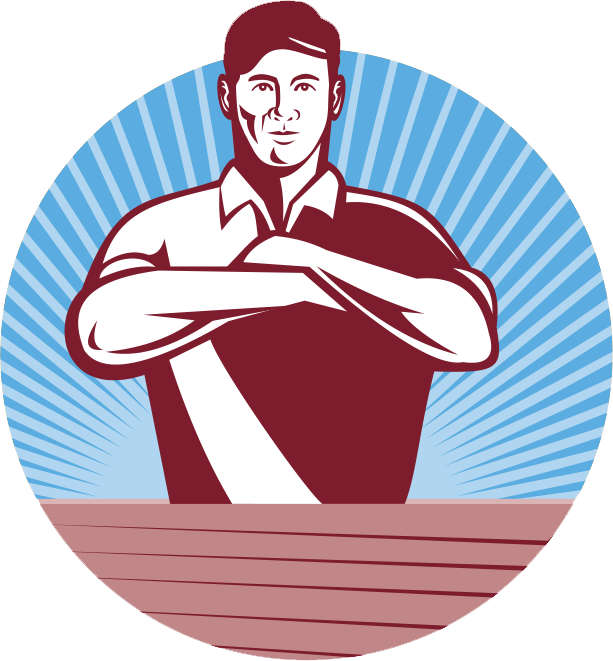

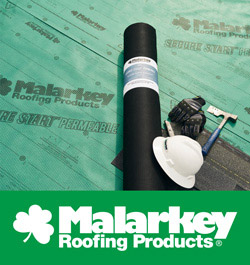








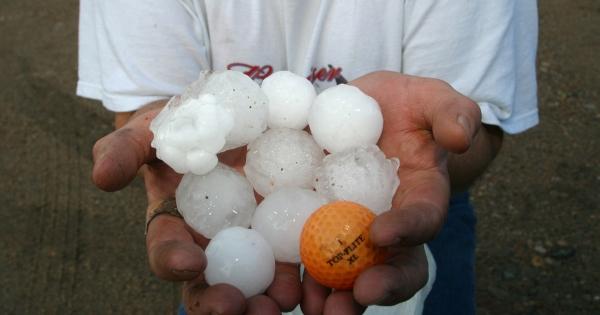

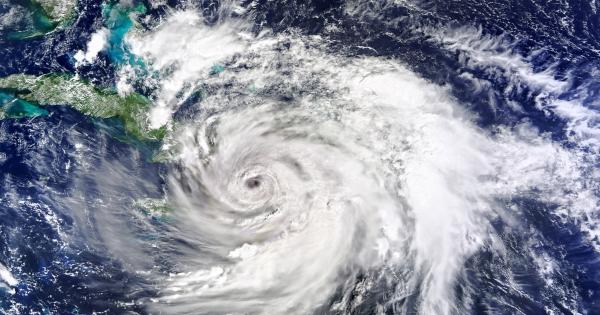




Comments
Leave a Reply
Have an account? Login to leave a comment!
Sign In